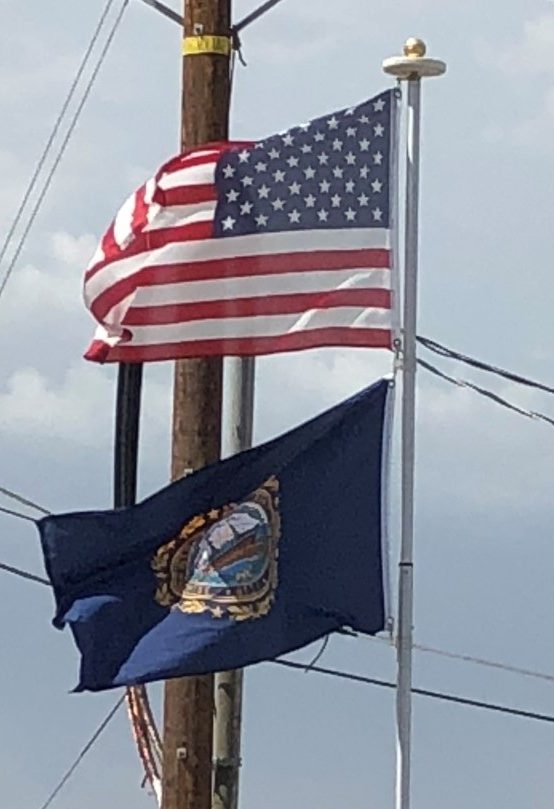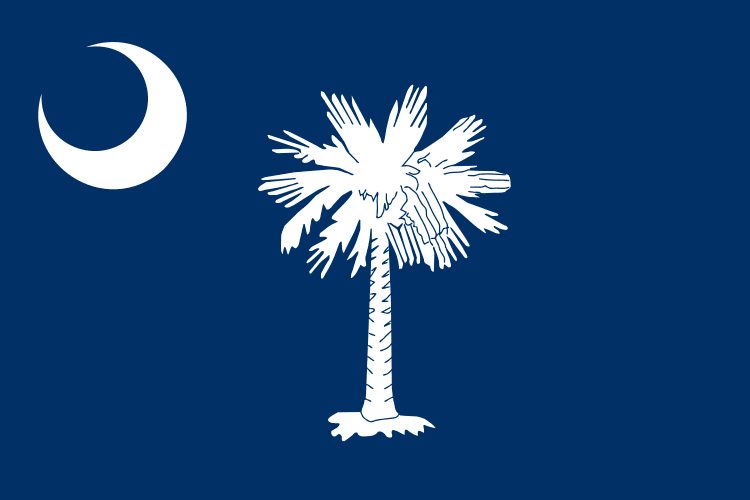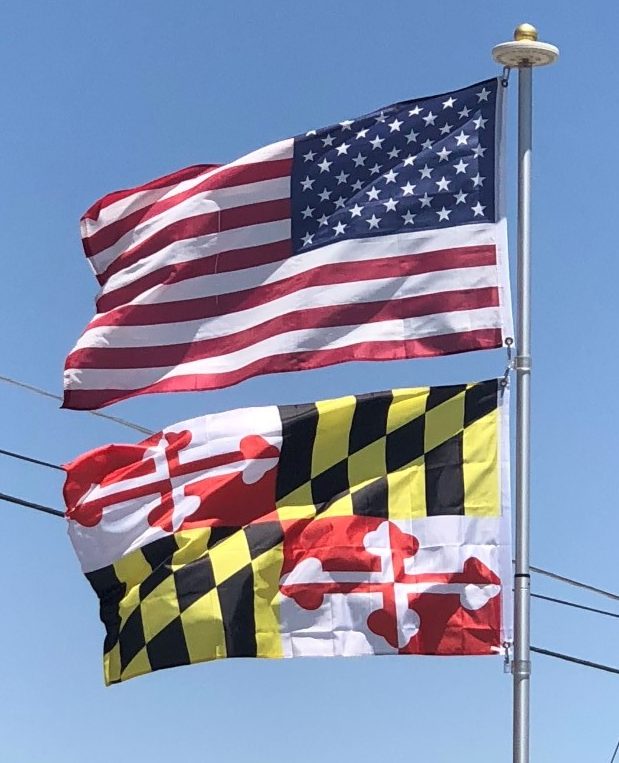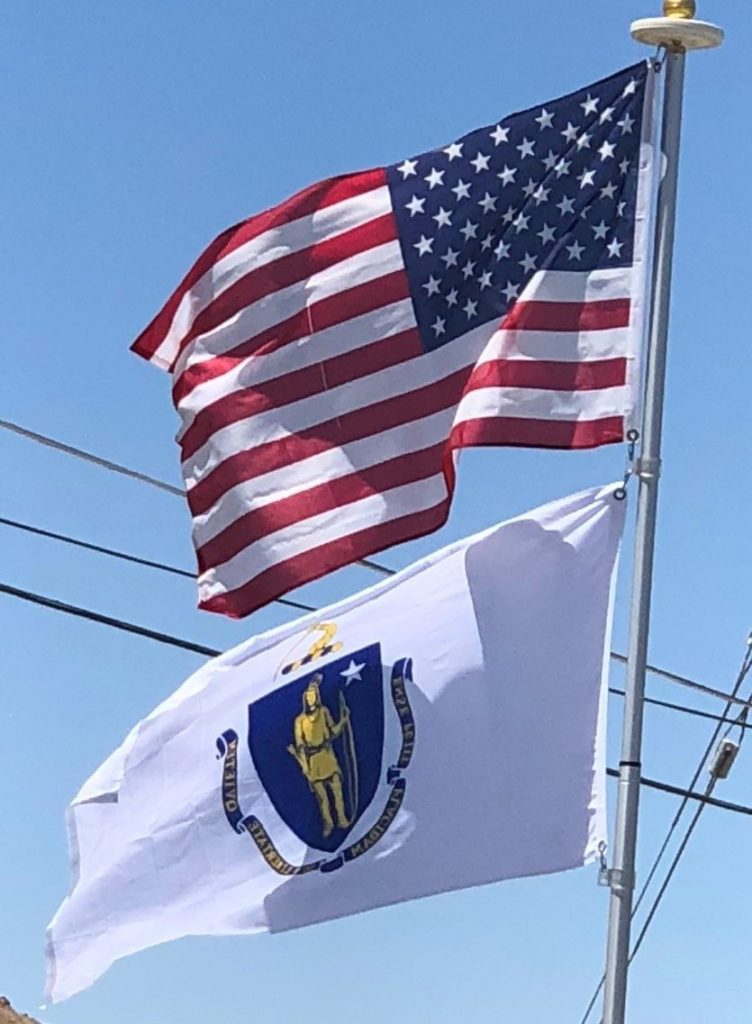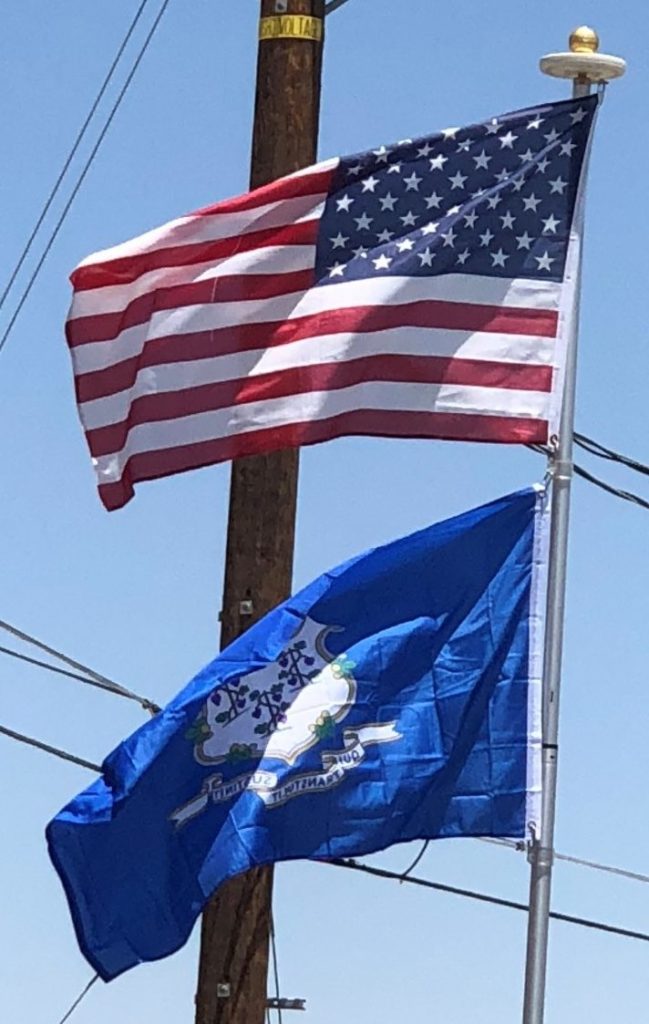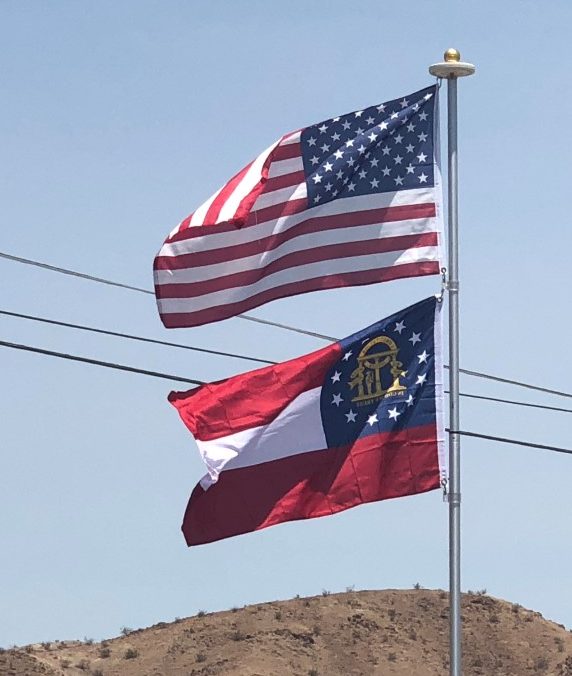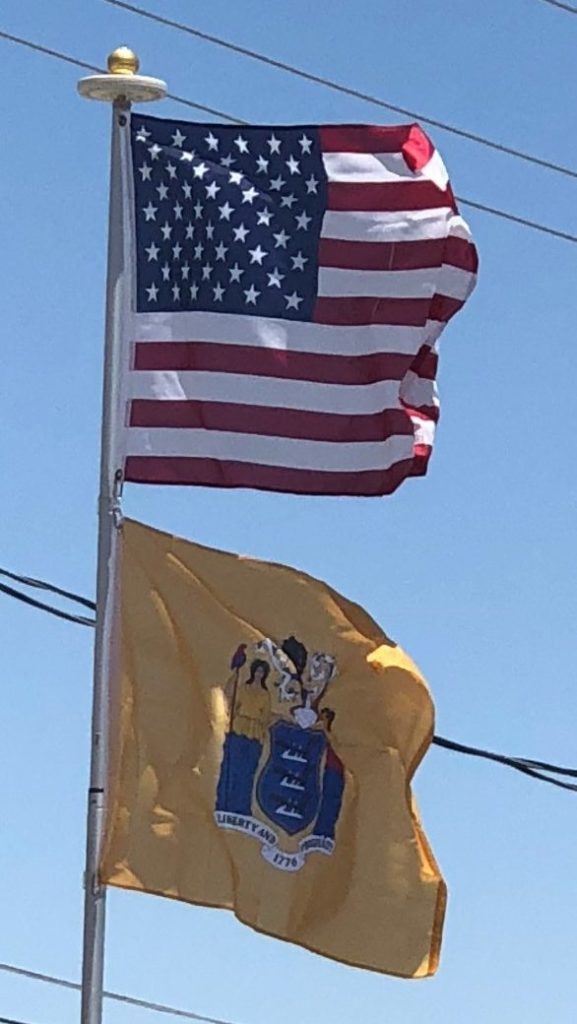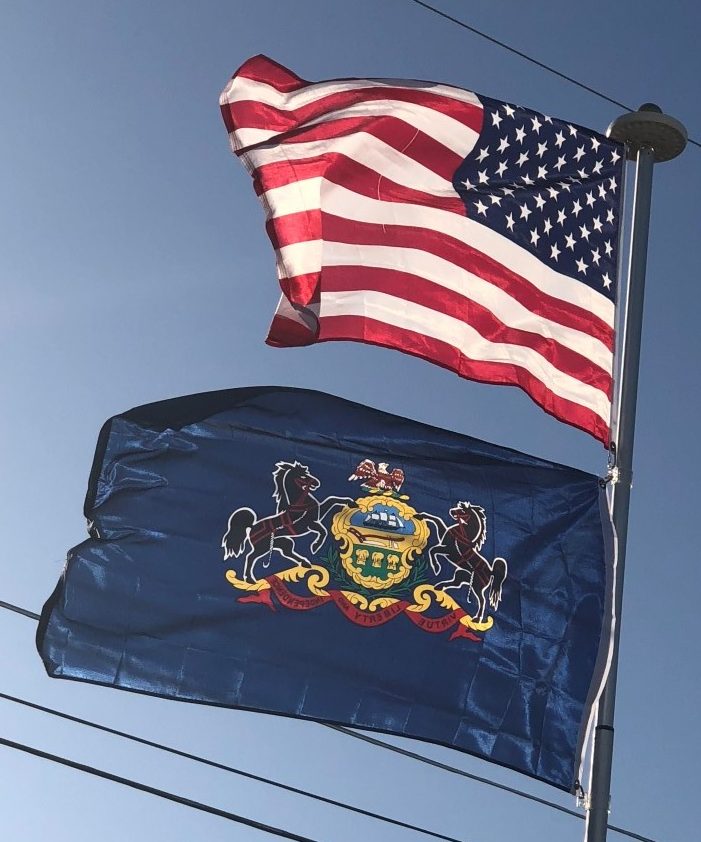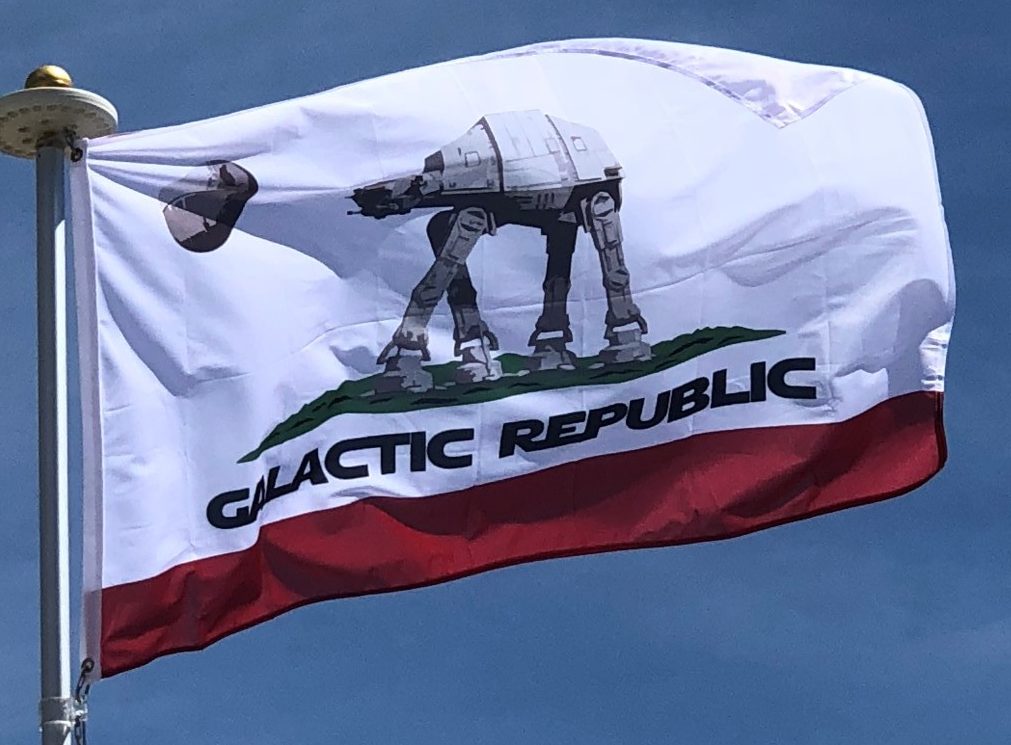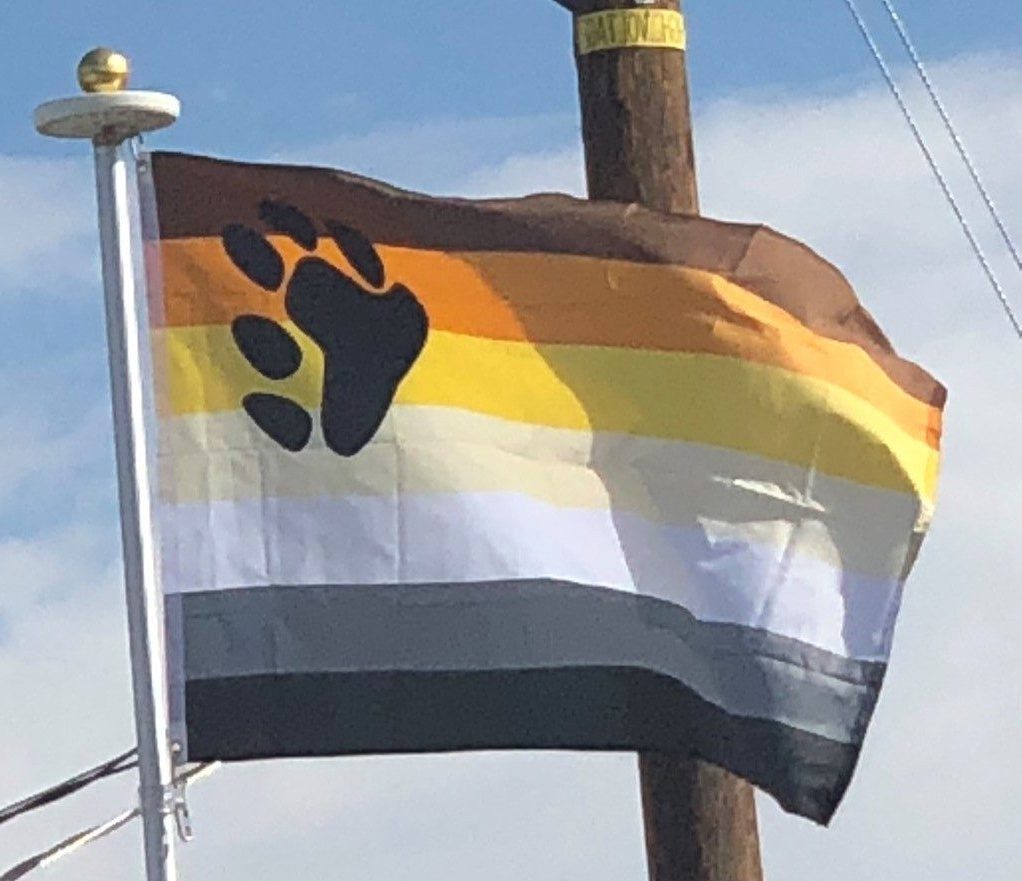New Hampshire – The Granite State
New Hampshire was one of the thirteen colonies that rebelled against British rule during the American Revolution. By the time of the American Revolution, New Hampshire was a divided province. The economic and social life of the Seacoast region revolved around sawmills, shipyards, merchants’ warehouses, and established village and town centers. Wealthy merchants built substantial homes, furnished them with the finest luxuries, and invested their capital in trade and land speculation. At the other end of the social scale, there developed a permanent class of day laborers, mariners, indentured servants and even slaves.
